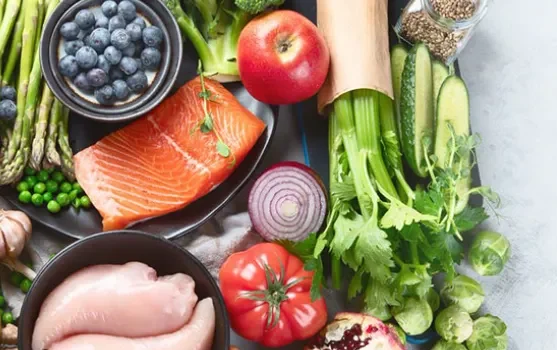
Staying healthy and fit in the summer can be a challenge. With changes in routine, higher temperatures, and food-centric events like barbecues and vacations, it can be tough to keep up with your usual habits. However, with a little planning and flexibility, you can maintain your fitness and health all season long. Here are five tips to help you stay on track during the summer months.
1. Plan Your Workouts in Advance
One of the easiest ways to fall off track with your fitness routine is by failing to plan. Summer often brings changes to your schedule, making it harder to stick to a consistent workout time. To avoid this, try scheduling your workouts just like any other important event. You may need to adjust your routine to fit in with family time or other commitments, but aim for a consistent time each day. Even if you have to wake up earlier or shorten your sessions, maintaining intensity is key. On a recent trip, I had limited workout options, but I brought along resistance bands and made sure to fit in short, effective 20-minute sessions. A little bit of exercise goes a long way in keeping your fitness on track.
2. Take Your Workouts Indoors
The summer heat can make outdoor exercise unbearable. If you enjoy outdoor activities like running or cycling, try to work out early in the morning or later in the evening when it’s cooler. If the heat is still too intense, consider taking your workouts inside. Head to the gym or set up a mini workout area at home with dumbbells, resistance bands, or bodyweight exercises. If you’re using a fan or air conditioning, make sure to stay hydrated and take breaks as needed. If you’re pressed for time, try high-intensity interval training (HIIT), circuit training, or tabata workouts to get in a quick and effective session.
3. Opt for Lighter Meals
The summer heat often makes large, heavy meals less appealing. This is the perfect opportunity to try out new recipes that are lighter and packed with fresh ingredients. Start your day with a protein smoothie, combining frozen fruit and leafy greens, or snack on fresh veggies paired with hummus. Seasonal salads full of crunchy vegetables and fruits are a great way to stay cool while getting your nutrients. You can even make a refreshing cold soup like gazpacho for dinner. For a healthier dessert, try making homemade popsicles with fruit juice and no added sugar. Swap alcohol for mocktails like mint mojitos or grapefruit fizz to keep things light while still enjoying the flavors of summer.
4. Reevaluate Your Eating Habits
Summer is full of tempting treats like watermelon, popsicles, BBQs, ice cream, and poolside cocktails. While these foods are delicious, they can make it easy to stray from your healthy eating goals. The key is moderation. Enjoy the seasonal foods, but keep your portions small to avoid overindulging in sugary or processed snacks that can lead to weight gain. Make sure to include plenty of vegetables in each meal to help you feel full and less likely to overeat on sweets. Fruits can make great snacks or desserts as well. It’s also a good idea to eat something before heading to a party or gathering so you’re not starving and tempted to overindulge. By focusing on moderation, you can savor summer foods without derailing your healthy habits.
5. Stay Active with Fun Summer Activities
Summer is the perfect time to switch up your usual fitness routine and enjoy outdoor activities that also allow you to spend time with friends and family. Plan a hike, try paddleboarding, or go kayaking. Take the kids to the pool and make it an active day by swimming laps or playing water games. Go for a family bike ride or challenge your friends to a volleyball match. These activities not only keep you moving, but they also offer a refreshing break from traditional workouts, allowing you to enjoy the summer while staying active.
By following these tips, you can stay fit and healthy throughout the summer without feeling like you’re missing out on the fun. A little planning and flexibility will help you maintain your fitness goals while enjoying the season to the fullest.



















